The moon is the brightest object in the night sky and one that needs careful planning and set up to be photographed. That doesn’t mean that you have to limit yourself to photographing the moon only in the night. During the day, if the light conditions are favorable, go ahead and shoot the moon as there are many interesting elements you can add to the frame, like clouds, an airplane passing by, trees, buildings, mountains, etc., to make the image visually appealing.
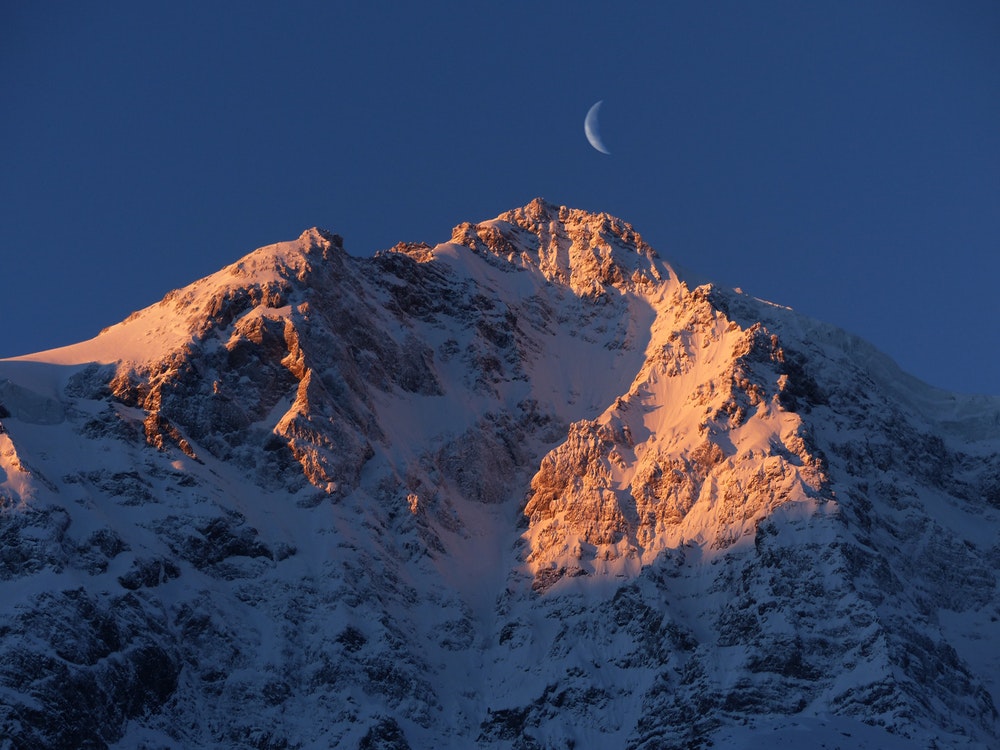
Image from Pixabay by Pgeyr
Here Are Some Quick Tips On How to Photograph the Moon
The sunlight reflected off the moon is very bright and the moon is the only big bright object in the night sky. The camera’s light meter can get confused and if you want to avoid having a white blob with no features, you will need to choose a narrow aperture setting – between f5.6 and f11 – and a faster shutter speed of at least 1/125s or faster for sharp details, to combat the moon's constant movement. Also, try using spot metering.
Grab your Milky Way Photography Blueprint for free right here.
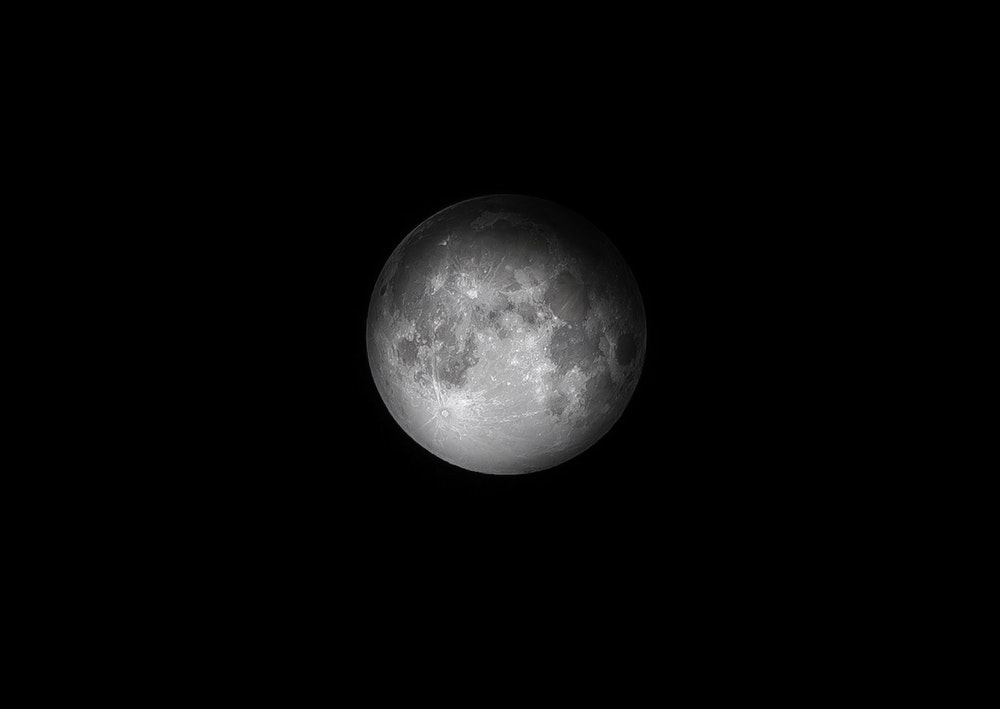
Image from Pexels by Sebastian Voortman
If you wish to include other elements in your images, such as a contrasting landscape, you will have to take two exposures; one exposed for the moon and the other for the landscape and then blend them together in post-processing.
If you want the moon as a small element in your image, as part of a landscape, use a wide angle lens (Do not go too wide as your main subject is the moon. A 50mm lens is acceptable to have some moon details). If you want to capture a decent sized moon, go for focal lengths longer than 300mm.
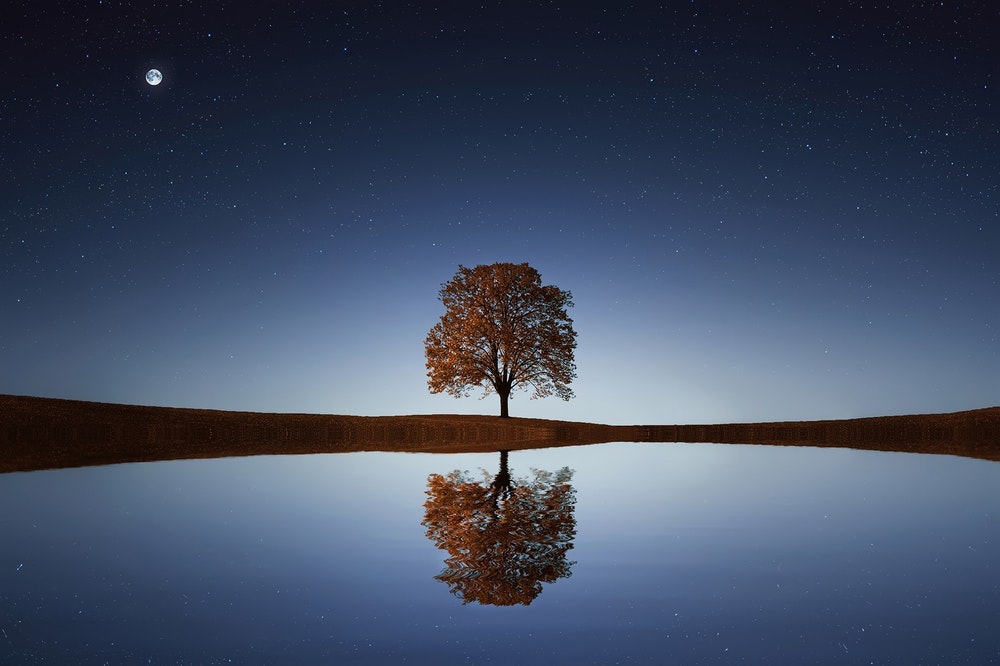
Image from Pixabay by Bessi
Photographing The Moon Check List
- Use a tripod to avoid handshake, especially if you are taking a close up shot of the moon.
- Turn off image stabilization.
- Use a remote trigger and mirror lock up.
- Manually focus using live view.
- To start with, try ISO 100 at f11 with a shutter speed of 1/125s. Depending on what you capture, slightly vary the shutter speed and you should be good to go!
- Finally, there are many apps out there that give information on the phases of the moon and the moonrise/moonset times. Use them to your advantage.
If you are interested in photographing the moon and the night sky and want to develop your skills in photographing the night sky, take a look at Josh Dunlop's Milky Way Mastery

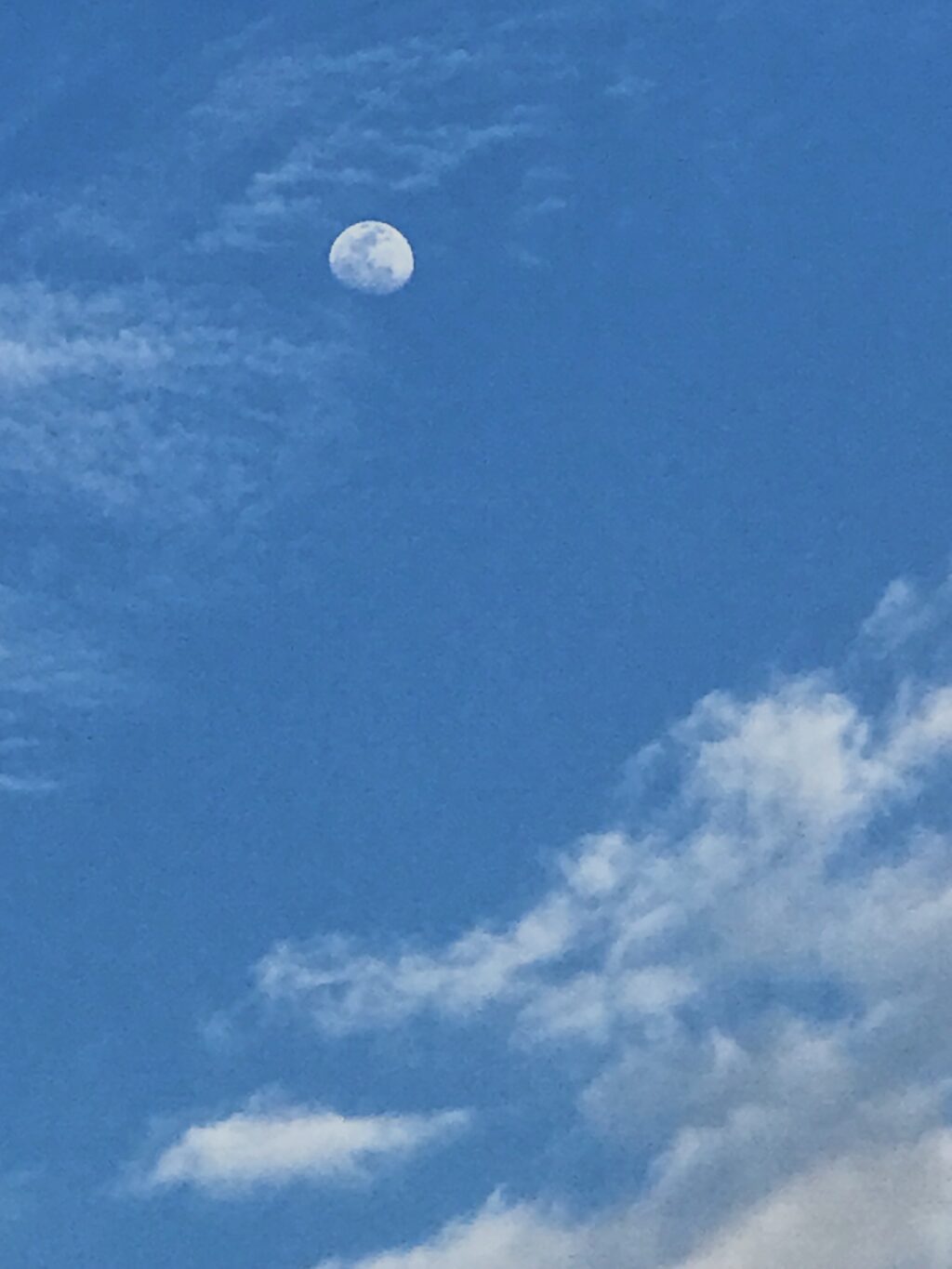
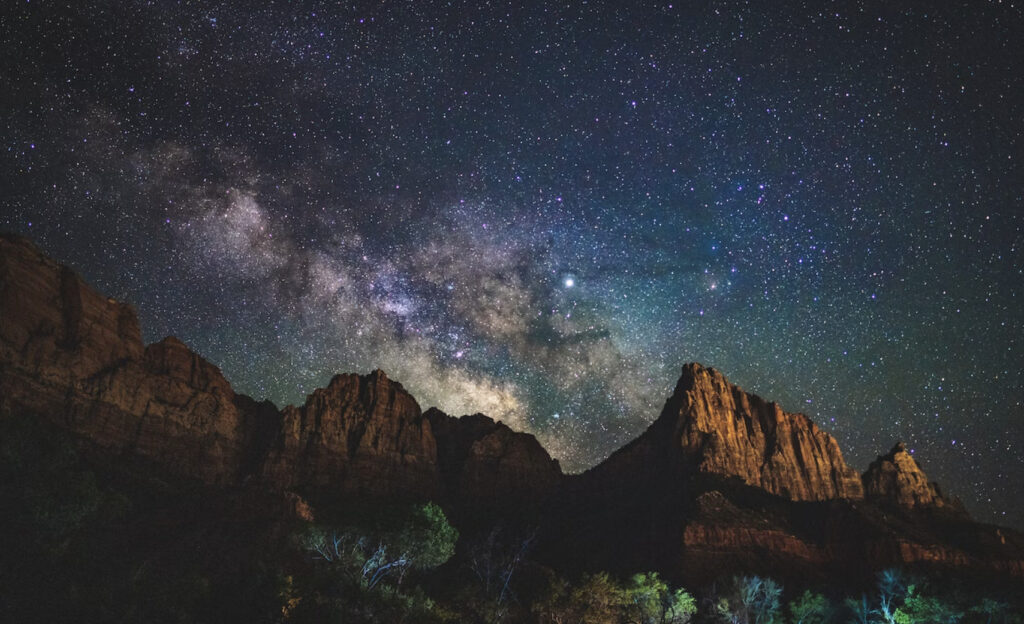
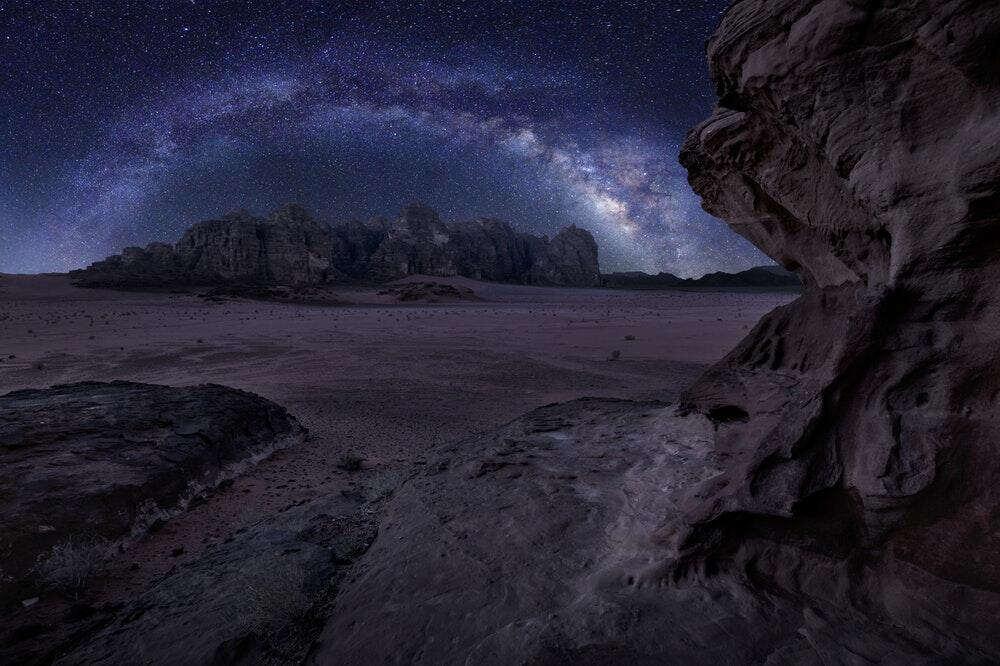
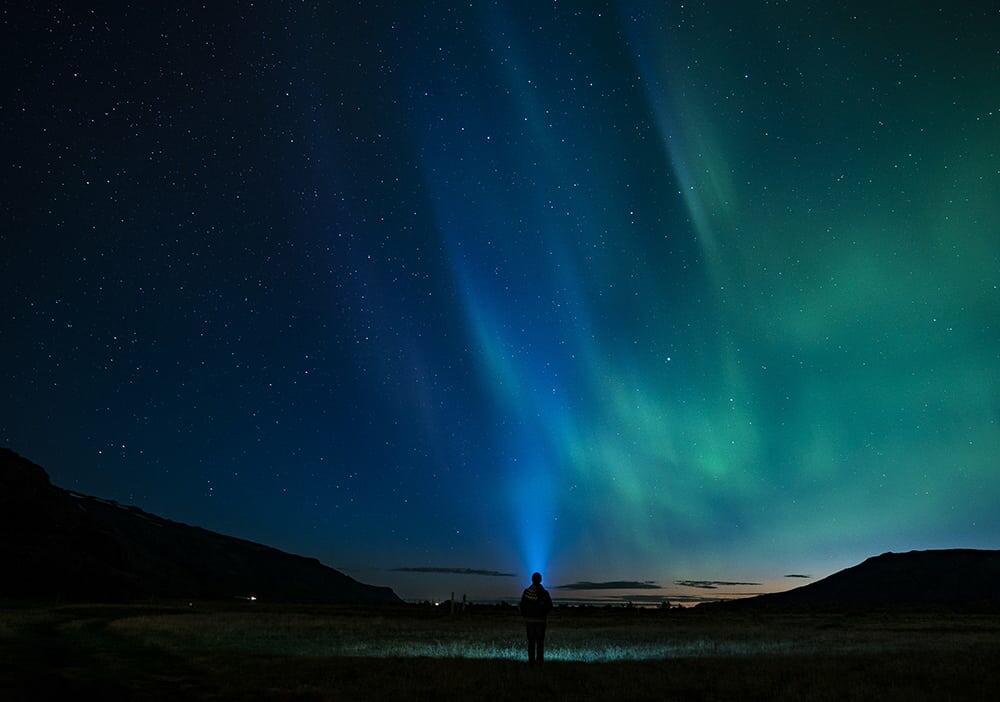
2 Comments
I push exposure compensation as far as it could go to the left. This controls excessive light reflection from the moon’s surface and gives me the details.
Hi Joel, thank you for the tip 🙂